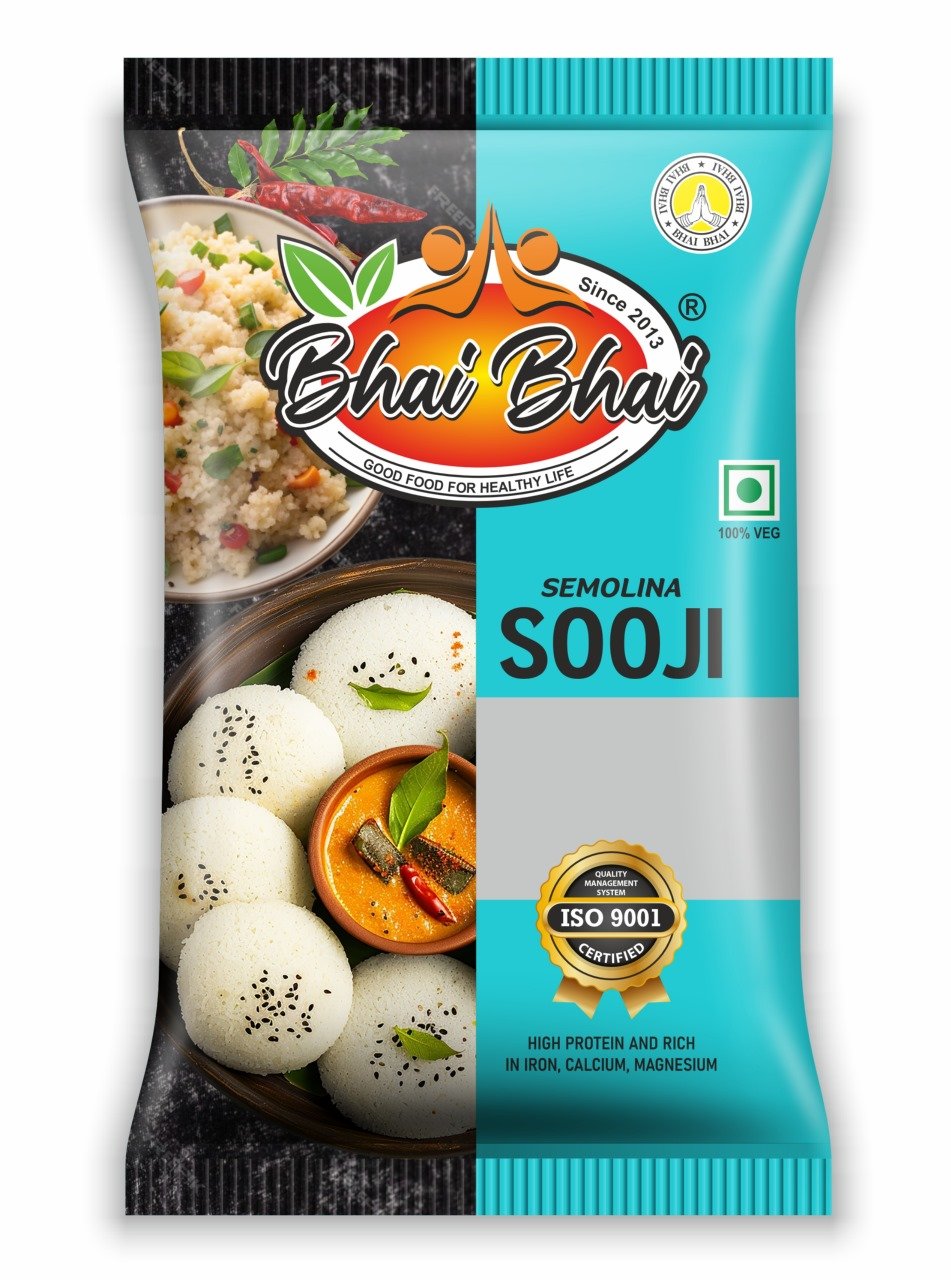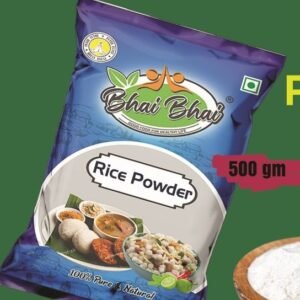Sooji 500gm pack ( semolina )
₹45.00 Original price was: ₹45.00.₹27.00Current price is: ₹27.00.
Semolina is a type of coarse flour that’s made from durum wheat, not from the other popular wheat type, known simply as common wheat. When durum wheat is milled, its most nourishing parts are ground into semolina. Durum wheat grains are golden in color, so the milled semolina is a pale-yellow flour.
Semolina is actually just a type of flour made from durum wheat. You are, of course, familiar with flour, but there are a lot of different types of flour, which is actually just a generic term used to refer to ground up . . . well, ground up anything, really. Your general baking flours are made from what is known as common wheat, which makes up around 80% or more of the entire world’s wheat harvest. Semolina, on the other hand, is made from a species of wheat called “durum” wheat, which also has a few other names, including pasta wheat and macaroni wheat. Durum wheat grows predominantly in the middle east and makes up about 5-8% of the entire world’s cultivated wheat population. You will probably be able to find semolina in your regular grocery store, right next to the all purpose flour. The main difference you may be able to see is that semolina is a good bit coarser than traditional flour, and may be darker and more golden in color (but this will depend on the specific varieties). Semolina can have a more earthy aroma than common wheat flours as well, but you likely will not notice that until after you get home!
Semolina is a type of coarse flour that’s made from durum wheat, not from the other popular wheat type, known simply as common wheat. When durum wheat is milled, its most nourishing parts are ground into semolina. Durum wheat grains are golden in color, so the milled semolina is a pale-yellow flour.
Related products
-
40%0 out of 5 0
Sooji 200Gm mini pack ( Semolina )
₹20.00Original price was: ₹20.00.₹12.00Current price is: ₹12.00.
 Bangala
Bangala 








Reviews
There are no reviews yet.